The Competitive Landscape of AI Learning Machines
![]() 06/12 2025
06/12 2025
![]() 495
495
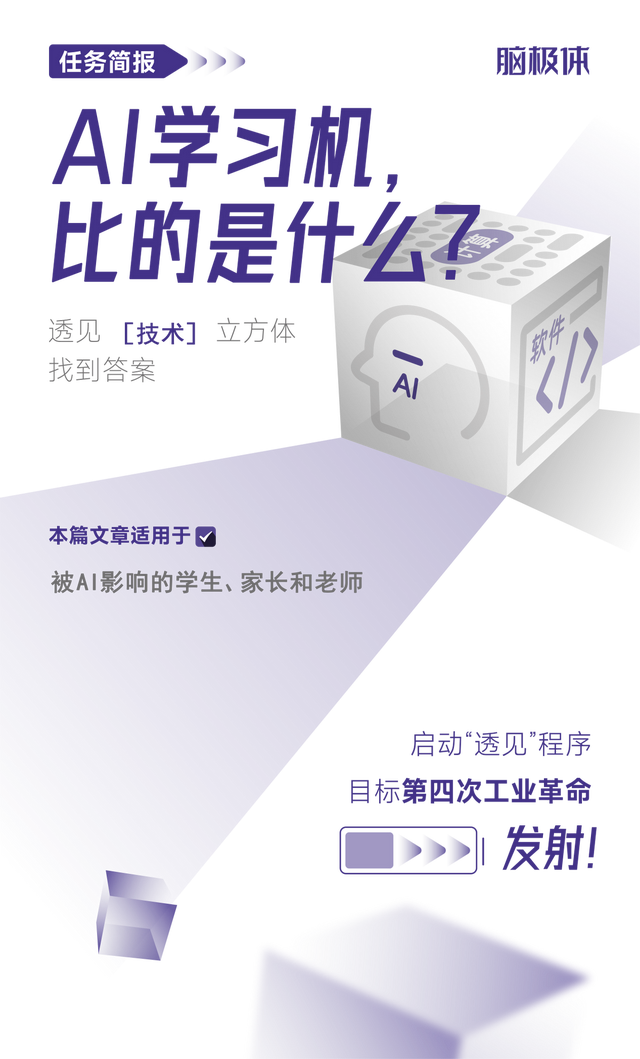
"Mom, three more classmates in our class have bought that learning machine that costs more than 8,000 yuan."
Last weekend, Ms. Lin was taken aback by her daughter's casual remark. As a parent of a fifth-grader attending a prestigious primary school in Beijing's Haidian District, she has recently been inundated with advertisements for various learning machines – iFLYTEK in elevators, Xueersi on social media, Zuoyebang in parent groups...
Each brand boasts that their product can give children a head start, yet 8,000 yuan is equivalent to the cost of nearly 40 private tutoring sessions. Is purchasing a learning machine truly necessary?
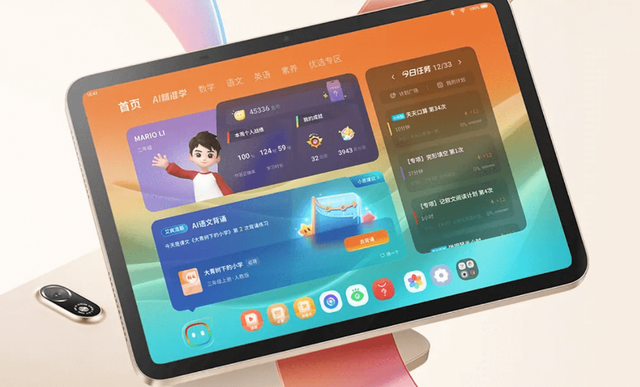
Ms. Lin's confusion is not unique. In an era where AI is revolutionizing industries, learning machines, once a fading category, are gradually returning to the limelight. Data indicates that Apple's iPad has sold over 8 million units in the Chinese market, while domestic learning machine sales are projected to exceed 7 million units this year.
This multi-billion-dollar market potential has attracted leading education brands like Xueersi and Yuanfudao to devise their strategies. However, is the AI learning machine genuinely useful, and how does it differ from traditional learning machines?

Browsing Taobao or JD.com reveals an array of learning machines, all flaunting the AI banner and priced in the thousands. They claim to offer 1v1 precise correction and intelligent tutoring across subjects, prompting many parents to hire an AI tutor for their children after enrolling them in numerous tutorial classes.
The latest version of the Xueersi AI learning machine has a market price of up to 8,299 yuan, comparable to the price of an iPhone 16 Pro Max after government subsidies.

Yet, with numerous online learning apps vying for attention, do we really need an AI learning machine? After adding the AI label, are they smarter and more capable of stimulating learning interest?
Essentially, a learning machine is akin to an iPad with limited functionality. Point-reading machines, represented by BBK and DuShulang, have thrived for over a decade. Almost every education brand claims to have the most comprehensive learning question bank, the best online teachers, and the least eye-straining blue light screens.
However, we often hear about underprivileged students becoming outstanding scholars and famous teachers producing brilliant disciples, but rarely about someone gaining admission to Tsinghua or Peking University solely due to a learning machine. Top students are not all equipped with learning machines costing thousands of yuan.
Thus, after the advent of apps like Zuoyebang, the glow of learning machines dimmed for a time, and they were even labeled as an "intelligence tax".
But the advent of AI seems to have altered this scenario. Large models that add numerous new functions to traditional learning machines have brought this once controversial concept back into the public eye.
So, what does AI bring to learning machines? What advantages do they hold over online education apps like Zuoyebang?

On one hand, compared to traditional learning machines, tutoring is more precise.
The essence of traditional learning machines is "electronic question banks + recorded courses." They have limited functions, lack deep interaction, and rely on preset question banks that cannot be updated online. Early products like BBK only provide synchronized textbook explanations and exercise banks, employing a strategy of drilling through a vast number of questions without accurately identifying students' weaknesses.
In contrast to the single preset curriculum mode of ordinary learning machines, intelligent learning machines not only support intelligent voice interaction and 1v1 personalized tutoring but can also update massive question banks in real-time through the cloud. This ensures that learning content is synchronized with the latest syllabus and intelligently pushes targeted exercises based on students' weak points.
Learning machines equipped with various large models can "remember" each student's historical academic performance, present knowledge points through intelligent question-and-answer sessions, and generate engaging remedial plans, truly realizing individualized teaching.
On the other hand, compared to mobile phones, the scenario is more focused.
Unlike general electronic devices such as iPads and mobile phones, AI learning machines completely block games and social software. Coupled with the real-time monitoring function of the parent-end app, parents can check the learning duration and progress report at any time. This retains the AI interaction advantages of smart devices while avoiding the problem of ordinary electronic devices easily distracting attention, creating a pure learning environment.

The reason AI learning machines have taken off and opened up a multi-billion-dollar market lies, on one hand, in the closure of most offline tutoring classes after the implementation of the "Double Reduction" policy a few years ago, leaving middle school students eager to improve their scores with limited options. On the other hand, online classes rely on a stable internet connection and often yield poor results, and the virtual learning environment makes it more challenging for students to stay focused and interested. Working parents also cannot accompany their children in real-time.
AI learning machines provide real-time problem-solving ideas and explanations, making home learning more flexible and efficient, leveraging fragmented time. Moreover, they bridge the gap in educational resource distribution, enabling families in third- and fourth-tier cities to access high-quality resources through built-in teacher courses.
Against this backdrop, AI learning machines, adept at individualized teaching and capable of generating learning reports in a timely manner, have become another option for many parents.
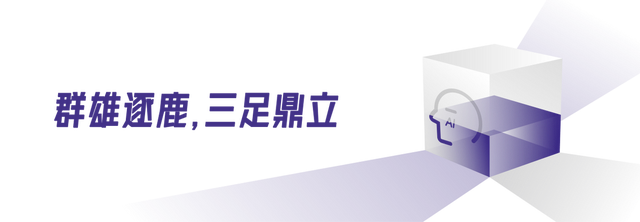
If the demand-side narrative revolves around anxiety, then the supply-side competition resembles a meticulously laid chess game.
Data shows that in the first half of 2024 alone, online retail sales of AI learning machines increased by 136.6%, far surpassing other educational products.
The learning machine market in 2025 has formed three distinct camps: the education and training sector, the tech faction, and established learning machine manufacturers. Each player is rewriting the rules of the game in their unique way.
Xueersi and Yuanfudao, which suffered a stock price halving due to the "Double Reduction" policy, are emblematic of the education and training sector. When the "Double Reduction" policy was implemented in 2021, the market value of Xueersi's parent company evaporated by over 350 billion yuan, plunging the entire education and training industry into an unprecedented survival crisis.
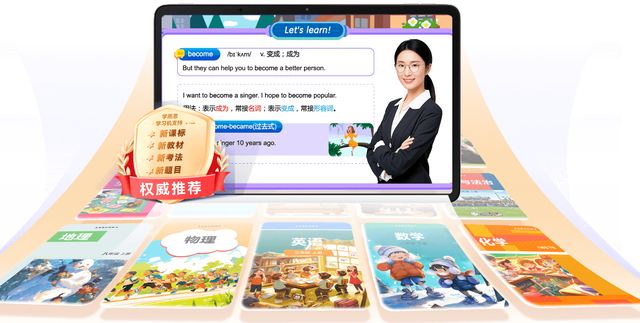
However, thanks to their deep accumulation of educational content and a large user base, the emergence of the learning machine business has helped Xueersi regain favor in the capital market within a few years. In May 2025, Xueersi released the P, S, and T series of learning machines, equipped with a dual-core architecture of the self-developed Jiuzhang large model and the DeepSeek general model, covering learning scenarios from enlightenment to high school, with prices ranging from 2,699 to 7,299 yuan. These machines integrate advanced functions such as intelligent homework analysis and remote parental assistance.
The tech faction, represented by iFLYTEK and Baidu DuerOS, has also carved out a share of the learning machine market with AI technology. However, their educational content ecosystem is not as sophisticated as that of education sector enterprises, making it difficult for them to penetrate the mass market in the short term. The Spark Cognitive Large Model equipped in iFLYTEK's learning machine has reached a domestically leading level and was once rated as the smartest domestic large model by Xinhua News Agency. Its math AI precise learning feature supports traceability, helping students identify weaknesses in precursor knowledge. In literature, the Chinese language function that allows dialogue with Li Bai and Du Fu makes poetry learning more engaging.

Besides the emerging education and training sector and tech faction, established learning machine brands that once faced an existential crisis also saw a reprieve in 2025. Relying on decades of industry accumulation and offline channel networks, traditional learning machine brands such as BBK and DuShulang also have a certain market share. However, they are somewhat overshadowed by education sector newcomers like Xueersi and tech giants like iFLYTEK. In 2025, when AI became a standard feature of learning machines, BBK and DuShulang's algorithmic capabilities mainly rely on external cooperation, making it challenging for them to realize dynamic knowledge maps in the education and training system or personalized precise recommendations from the tech faction. Although AI has given these businesses an opportunity to revive, established manufacturers lacking core technology still need to strive to break the deadlock.
With the active layout of major enterprises, learning machines are gradually exhibiting three distinct characteristics: AI empowerment, with companies either developing their own large models or accessing external ones; high-end pricing, comparable to that of a high-end smartphone or iPad; and omni-channel strategies, integrating online and offline marketing.
Faced with the dazzling learning machine market, we still need to consider: Is it worth buying? What should we pay attention to?
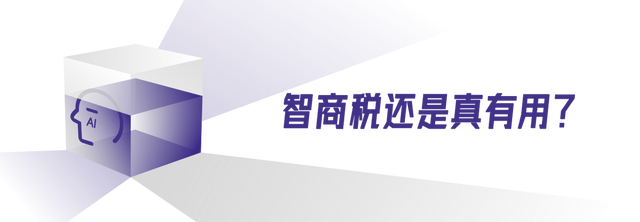
What are AI learning machines competing for?
Essentially, they are competing for the data reserves of massive question banks and the precision of AI problem-solving abilities.
As we all know, current AI large models follow a golden law called Scaling Law. That is, the more data and the higher the quality of the data used to train the model, the higher the quality of the model.
Applying this logic to AI learning machines, data becomes questions, and the database becomes a massive question bank. The more comprehensive, historical, geographically widespread, and classic the question types a learning machine can collect, the richer the knowledge students can learn and the stronger their problem-solving abilities will be.
In fact, since DeepSeek became popular across the internet earlier this year, domestic open-source models have sprung up like mushrooms after rain. Most learning machines on the market are equipped with open-source models, which do not cost much. Therefore, what manufacturers compete on is not just AI, but more importantly, who has a more comprehensive, widely covered, and vertically focused question bank with lower illusion in problem-solving.
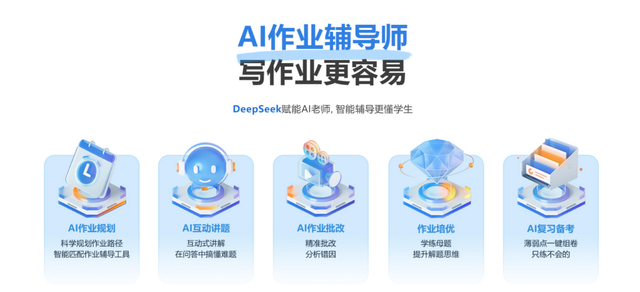
First, comprehensiveness. The question bank built into the learning machine should be as comprehensive as possible. Just like martial arts masters collecting secret manuals from various sects, learning machines need to encompass real questions, simulated questions, and exam papers from prestigious schools from all provinces and cities across the country. The more comprehensive the coverage of question types and test points, the stronger the ability to adapt to different regions and textbooks.
Second, precision. Currently, the question banks of most learning machines are still limited to exam-oriented education, essentially precise drill tactics, but there is insufficient data accumulation in niche areas such as art, music, programming, and minor languages. Whoever can take the lead in breaking through the boundaries of traditional disciplines and establishing scarce vertical content libraries will be able to build a competitive barrier that is difficult to replicate.
Third, the ability to draw inferences about other cases from one instance. Having questions and answers is not enough; how to teach students to solve problems is also crucial. Large learning models, like problem-solving teachers, must also be able to provide optimal solution paths. However, current AI still suffers from illusions such as logical errors and over-reasoning when answering questions. This means that while the answer to a question may be correct, the reasoning process may contain errors. How to iteratively optimize the model through algorithms to improve accuracy and reduce misleading information is a long-term technical challenge.
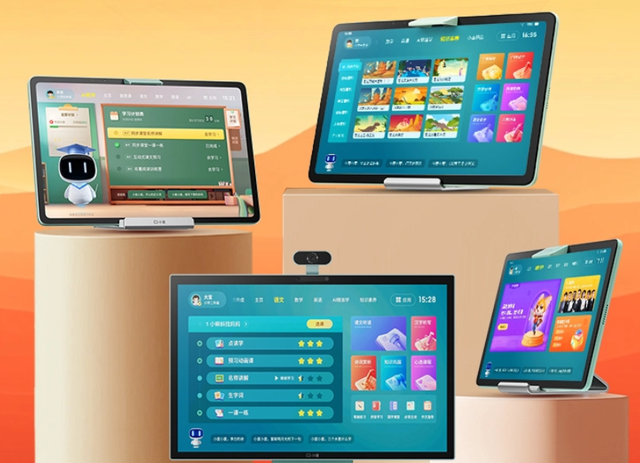
After reviewing the advantages and disadvantages of learning machines, we come to the most crucial question: Are learning machines useful?
They have a certain role, but they are not a panacea. Just like how even the best swordsmanship manual requires diligent practice from the swordsman, the effectiveness of learning machines ultimately depends on the student's initiative and usage methods. Used well, they are the icing on the cake; used poorly, they can only become expensive ornaments.
Is it worth buying?
Parents must make a well-informed decision by meticulously considering their financial status alongside their child's academic performance across various school stages. The educational landscape is rapidly evolving, and for younger children, it is often unnecessary to invest in costly learning devices that offer comprehensive subject tutoring. The plethora of additional features, like parental accompaniment, real-time monitoring, and video calls, fail to address the fundamental issues of learning.
At their core, learning machines remain tools. Even with the integration of AI, they essentially serve as more precise and intelligent electronic question banks. Parents should develop a clearer understanding of the specific functions and practical applications of AI-powered learning machines, avoiding the pitfall of blindly revering the AI label or envisioning AI as the ultimate solution to learning.








